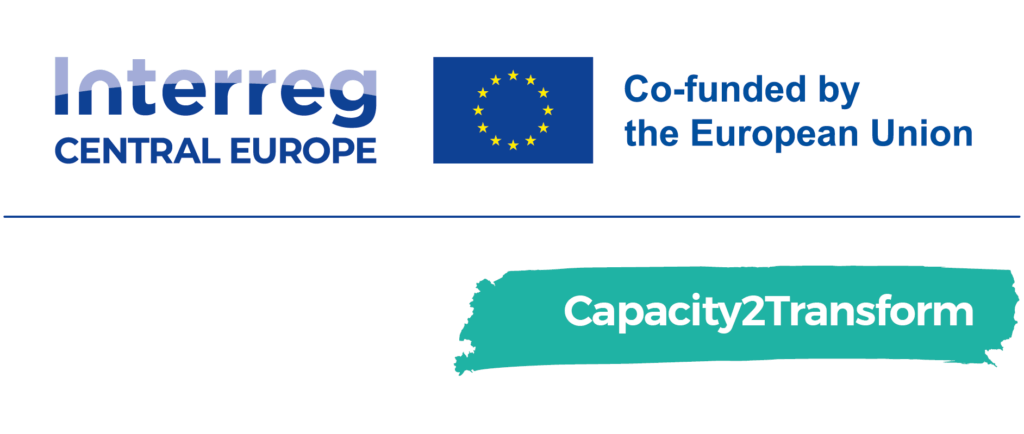In today’s competitive startup landscape, simply having a great idea is no longer enough. What often separates the startups that make it from those that fade into the background is the ability to clearly and convincingly communicate that idea. In this context, the video pitch has emerged as one of the most powerful tools at an entrepreneur’s disposal — a format that blends voice, visuals, and tone to deliver a message in just a few impactful seconds.
Unlike traditional presentations, a video pitch allows for quick, emotionally engaging communication with the audience. Whether you’re speaking to investors, customers, or strategic partners, this format has become an essential part of modern startup storytelling. But for it to work, it needs to tick a few crucial boxes.
First impressions: Critical seconds
Marketing experts and psychologists agree — the first 10 seconds of your video are absolutely crucial. That’s how long you have to convince the viewer to keep watching. Within that short window, your pitch needs to answer the key question: Why should I care about this?
This is where things are won or lost. Clarity, confidence, facial expression, and editing all work together to build trust instantly. That doesn’t mean your video needs to be perfect — but it does need to be genuine, focused, and energetic.
Story structure: The core of every pitch
A successful video pitch follows a clear and effective storytelling structure. In most cases, this includes a few essential components:
- The problem – What pain point are you addressing?
- The solution – How are you solving it in a better, smarter, or more efficient way?
- The market – Who are your users, and why do they need this?
- The business model – How do you plan to grow sustainably?
- The team – Why are you the right people to bring this to life?
No matter the industry, this framework works because it gives the viewer all the key information quickly — without overwhelming them, but with a clear sense of direction and purpose.
Production value matters – But isn’t everything
Today, people expect a basic level of technical quality. Good lighting, clean sound, a steady camera, and smooth editing aren’t a luxury anymore — they’re a professional standard. Audiences, whether investors or customers, instinctively associate production quality with the seriousness of your project.
The good news? You don’t need a massive budget to achieve this. With the right planning, even a smartphone can deliver impressive results. Often, a simple, well-scripted video with authentic delivery will outperform an expensive one that lacks focus or heart.
Authenticity beats perfection
Despite all technical considerations, what resonates most with viewers is authenticity. Honest delivery, natural language, and visible enthusiasm can’t be faked. A video pitch isn’t an ad — it’s a personal invitation. Stay true to yourself and your vision. People invest in people. If the viewer feels a real connection to your message, they’re much more likely to want to engage — or invest.
A video pitch is no longer a nice-to-have — it’s often your first and most important point of contact with the world. It’s not enough to just say what you’re doing — you have to know how to say it. With a clear structure, solid technical execution, and a genuine voice, your pitch can become a powerful tool that not only grabs attention, but builds trust. And in the world of startups, trust is what opens doors to investment, collaboration, and long-term success.
Share the article

